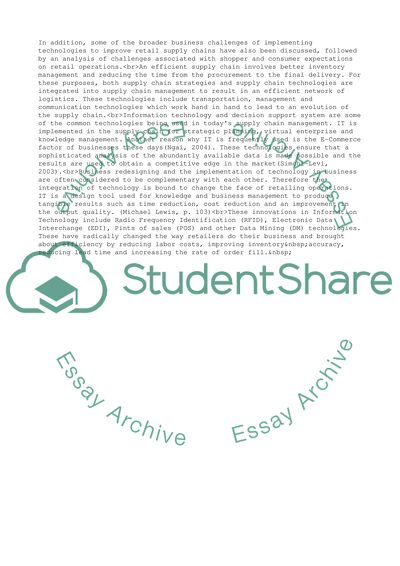Cite this document
(The Range of Technologies in the Modern Retail Industry Essay - 1, n.d.)
The Range of Technologies in the Modern Retail Industry Essay - 1. Retrieved from https://studentshare.org/business/1749856-operations-management-see-assignment-requirements
The Range of Technologies in the Modern Retail Industry Essay - 1. Retrieved from https://studentshare.org/business/1749856-operations-management-see-assignment-requirements
(The Range of Technologies in the Modern Retail Industry Essay - 1)
The Range of Technologies in the Modern Retail Industry Essay - 1. https://studentshare.org/business/1749856-operations-management-see-assignment-requirements.
The Range of Technologies in the Modern Retail Industry Essay - 1. https://studentshare.org/business/1749856-operations-management-see-assignment-requirements.
“The Range of Technologies in the Modern Retail Industry Essay - 1”, n.d. https://studentshare.org/business/1749856-operations-management-see-assignment-requirements.


